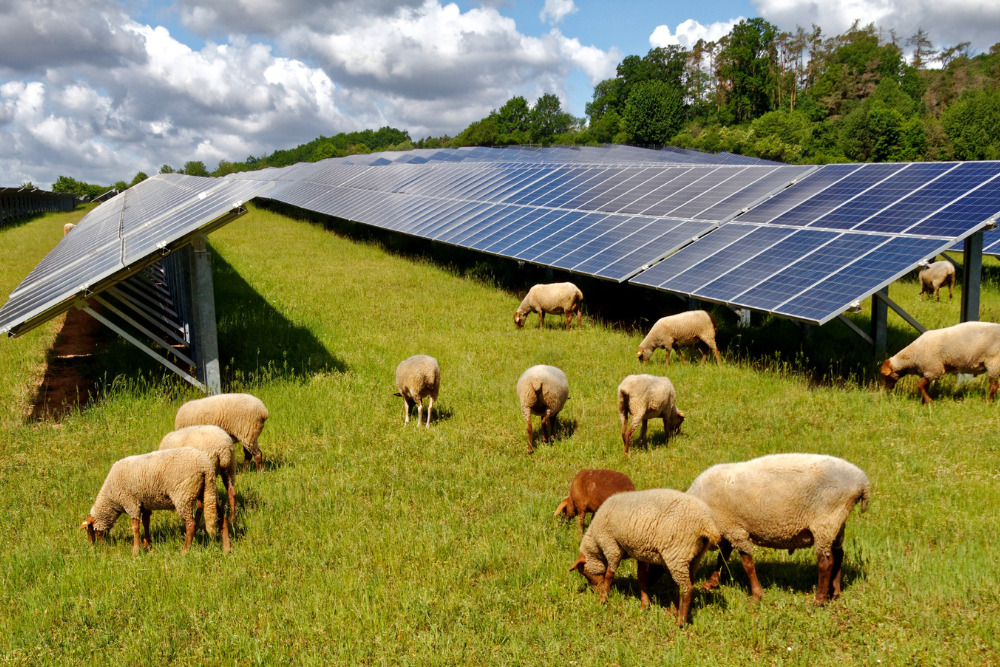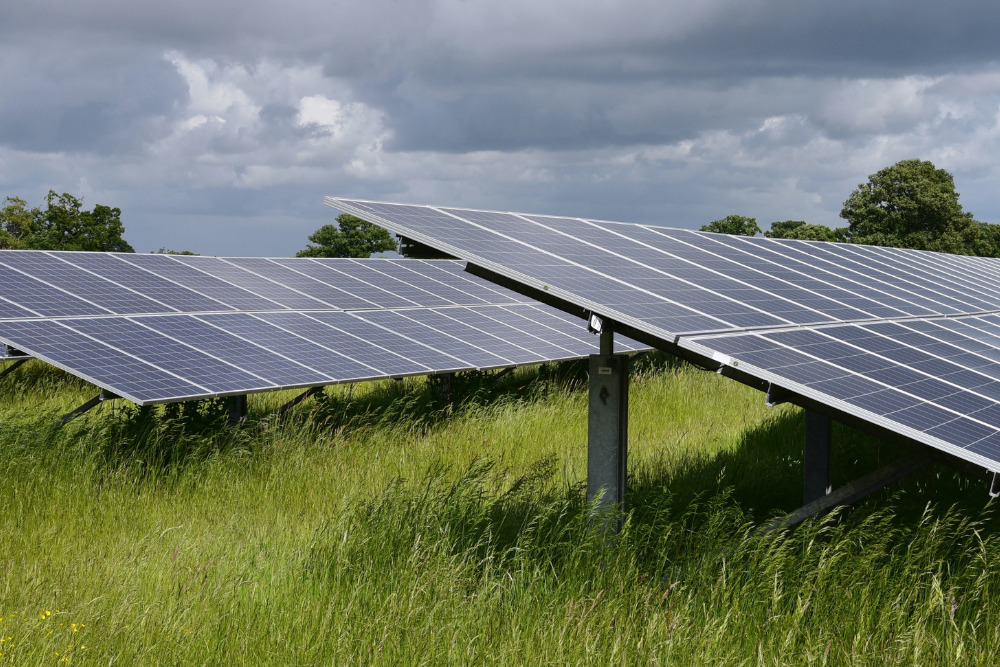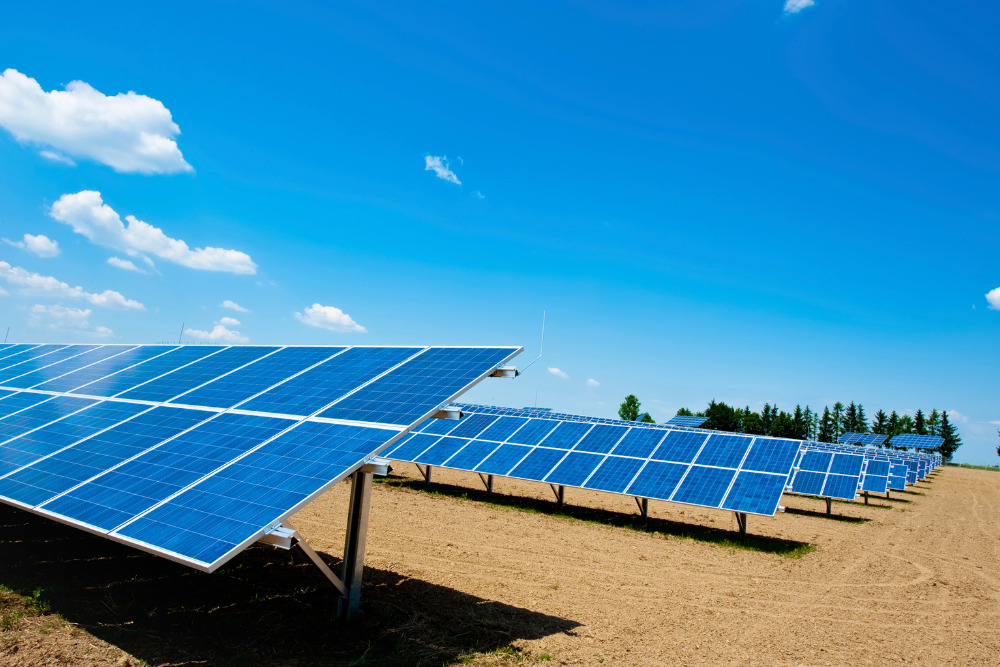
While the economic and environmental benefits of solar energy are evident, it’s unclear how it affects the natural ecosystems, begging the question–is solar energy bad for wildlife? Utility-scale photovoltaic systems have both negative and positive impacts on wildlife that must be weighed.
How Solar Farms Impact Wildlife
Solar development is an excellent way to mitigate climate change. But unfortunately, large-scale energy facilities can negatively impact nearby wildlife without careful site selection and planning. These impacts on wildlife include:
- Loss of habitat: Construction of solar farms requires clearing land, thus destroying the animals’ natural habitat. For instance, cutting trees and clearing fields leaves birds and grazers without homes. In addition, these animals have to move further to look for food which puts them at risk of predators. Although wildlife can safely live and graze under large ground-mounted arrays, they are forced to run as the construction starts.
- Deaths and injuries in power tower solar streamers: Concentrating solar plants use mirrors to reflect light toward water boilers that produce steam to run turbines for energy generation. Due to high temperatures, the reflected solar beams are a death trap for flying insects and birds.
- Lake effect: Some solar projects are so extensive that the solar panels appear as lakes (due to their reflective surfaces), causing collisions when birds fly into them.
- Stormwater infiltration and runoff: Solar farms act as roofs leading to increased stormwater and runoff, which could be detrimental to nearby animals. For example, runoff water from large solar arrays can sweep away smaller animals, such as rabbits and turtles. Powerful water runoff can also cause soil erosion and affect plant species.
- Floating PV systems affect water quality and fish activity: Installing PV systems on water bodies reduces land use but may have adverse effects on marine life. For instance, the construction of the system leads to water pollution that causes death or migration from the area. The PV systems may also affect the water temperatures (shading and less evaporation makes the water cooler), disrupting marine life in the location.
- Soil health: Extensive solar projects may disrupt the ecosystem underneath if the soil doesn’t receive adequate rainfall or sunlight. Also, the construction and clearing of the land directly impacts soil health. Without proactive measures to protect the soil, it may fail to support the growth of plants or grasslands, which impacts the livelihood of surrounding wildlife that feeds on the plants.
- Disrupting migration corridors: Migratory animals follow specific routes from one destination to the next. Construction and fencing around solar power plants cut off such paths, restricting animal movement and disrupting the migration route.

Does Wildlife Benefit From Solar Energy?
Solar farms also benefit plants and animals in several ways. These include:
- Supporting birds, plants, and insects biodiversity: A 2016 comparative study on the impacts of solar farms on biodiversity concludes that solar farms provide a better environment for birds and insects. This is because the farms support a variety of plant species and flowers, encouraging the presence of birds and insects that forage on them.
- Solar farms provide shade and habitat: Solar farms are usually mounted in hot and dry areas. Therefore, they provide relief for various wildlife species that find a habitat or resting place underneath the array. Some animals also use solar arrays to escape from predators. For instance, rodents can escape from birds by going underneath the panels.
- Solar farms promote a healthy ecosystem: Solar power facilities usually last between 25 and 40 years. When installed over degraded farmland, the soil has time to recover, especially if measures are taken to actively improve soil health (i.e. grazing sheep under panels can increase carbon uptake in the soil). After its lifecycle, the solar farm leaves behind healthy soil. Since crops aren't grown under solar panels, there's also no need for fertilizers and pesticides, which keeps the soil and neighboring wildlife healthier.
- Floating PV systems protect marine life. In extremely hot areas, solar panels installed over large bodies of water can regulate water temperatures, reduce evaporation, conserve water, and provide shelter for marine life.

How To Make Solar Farms More Wildlife-Friendly
Solar farms have the ability to negatively impact wildlife, but with careful site selection and planning, solar farms can become a haven for native plants and wildlife.
- Plant native flowers to attract pollinators that help nearby crops. The additional insects will attract birds and bats to improve plant biodiversity and restore microhabitats.
- Convert degraded agricultural farmland into solar farms to let the soil regenerate (solar farms last 25-40 years). This also means less fertilizer, insecticides, and pesticides in the ground. Native plants and pastures will return and attract wildlife to graze.
- Avoid developing sensitive areas: Although solar facilities will always affect wildlife directly or indirectly, careful site selection can help protect wildlife. Solar farms should be installed away from areas with high wildlife populations to minimize displacement.
- Use wildlife-friendly fencing: Although the construction of solar plants causes habitat loss, they also become wildlife habitats once the solar installation is complete. For migrating species, animal-friendly fencing and openings grant them easy access through the solar farm.


